
“So what did they give you?”
“Well, I had morphine every four hours when I was in the hospital and they sent me home with two weeks worth of Percocet,” I said to my neighbor as we drove into town. “And man, that stuff makes you feel . . .”
“The best you’ve ever felt. I know man – that’s how heroin was,” he said.
“God, I can’t imagine how I’d be if I didn’t get prescribed this stuff.”
“Yeah . . .” His voice trailed off as he looked out the window at the shapes and colors rushing by the car.
Three years ago my appendix exploded. I say “exploded” because that’s what it felt like. Just imagine a grenade exploding in your stomach. I was rushed to the hospital for emergency surgery, hung out in a post-op bed for a week with a lot of morphine and was released with half a month’s worth of professional-grade oral narcotics.
The same year one of my organs went ballistic, my neighbor was celebrating his second or third year clean from heroin – I can’t remember. He had gone to rehab and was released with a prescription to Suboxone, a relatively new drug that blocks the opioid receptors in the brain. He’s been on Suboxone for as long as he’s been clean. He experiences withdrawal symptoms if he misses a dose.
Also at the same time, another one of our friends was in rehab, again, for heroin and crack cocaine use. I can’t tell you which rehab stint he was on because in the past decade he’s bounced between rehab, Narcotics Anonymous and Alcoholics Anonymous and relapsed more than a couple of times. That friend is now out of rehab and has been for a good while. We’ve since lost touch, but when he was doing his best he – a former metal-head heroin addict – was also on a God kick.
Then, last summer, a different friend of mine thought he might have a drinking problem. He went to a couple of AA meetings and came into work sporting a shiny “24 hours” clean coin. Adoring the edges of the coin was the Alcoholics Anonymous’ serenity prayer: “God grant us the serenity to accept the things we cannot change, courage to change the things we can and wisdom to know the difference.” We joked about the coin and a few days later he stopped going to meetings.
Now, I can’t say I know what withdrawal symptoms or delirium tremens feel like, but I’ve seen my neighbor when he misses a dose of Suboxone. First he starts sweating and then the color drains from his face as the abdominal pains set in. Luckily all he has to do is pop another prescribed pill and he feels better. But there is no Suboxone equivalent for alcoholics, and many recovering addicts either don’t want to trade in an illegal addiction for a legal one or can’t afford the price of a prescription. So what can someone do when they’re cut off from a substance that has such a grip on their physical and mental well-being that it produces symptoms that evoke death pleas?
It’s easy to say, “Well they should just turn to their loved ones,” but not everyone has the grace of a strong, familial-based support network – addicts especially – and some are too ashamed to admit their addiction. The second friend I mentioned earlier did some pretty heinous things to his family when he was in the depths of his addictions, and it’s not uncommon for the family and friends of addicts to abandon them after losing all hope that they’ll recover.
So, for many, especially those in halfway houses – where attendance of AA and NA meetings is often mandatory – the only option is a surrogate family. A family composed of people going through the same hell. As one AA adage goes, “I spent a lifetime in hell and it only took me twelve steps to get to heaven.” Now, some people have a problem with the last part of that phrase: heaven. Those same people also take offence to the mention of God in the AA serenity prayer. Those people, I think, are missing the point.
AA and NA aren’t sinister religious organizations preying on people who’ve hit their bottom in an attempt to bolster the ranks of “God’s army;” the religious aspect is secondary.
AA and NA exist to provide community for a population whose habits often lead them to destroy their connections to the communities they were once a part of. The fact is the NA and AA sense of the word “faith” matches up with a religious interpretation pretty damn well.
What these groups ask of their members is an open belief that if they just keep taking it one day at a time and live in the now that, eventually, they’ll be able to heal from their afflictions. The members of any given AA or NA need a blind faith that they’ll be okay post-substance because when they were addicted they were blind to everything but their substance of choice. Ever try reasoning with an addict? It’s often difficult, to say the least. The reason: addiction works against normal cognitive functions. It creates a physical and emotional dependence while destroying perception of reality. With addiction, sometimes a little faith goes a long way.
Author’s note: I understand this is a very sensitive subject, and I fully admit that I’ve only experienced addiction second-hand. If you feel that anything said here was incorrect or off-base, please e-mail me or comment online, as reader feedback would be much appreciated.
Max Calloway is a Collegian columnist. He can be reached at [email protected].

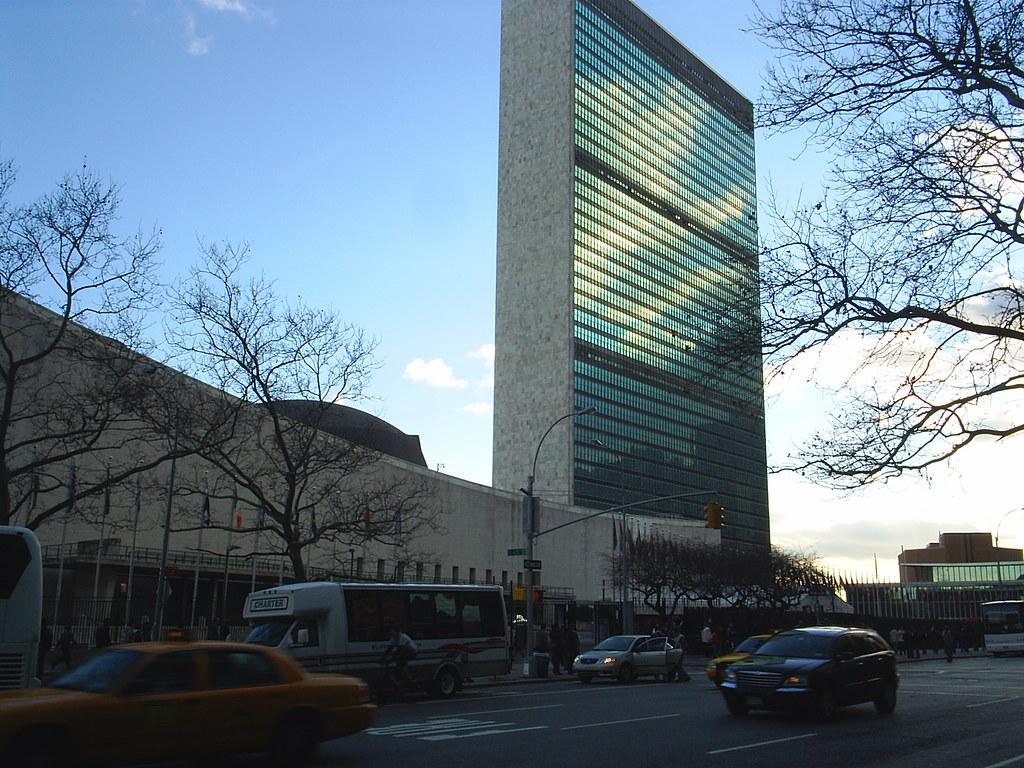
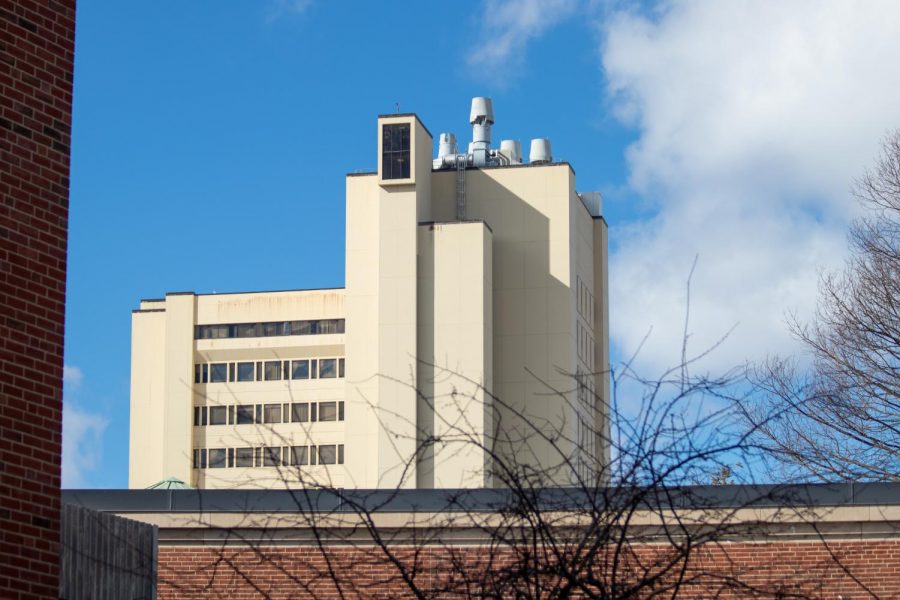
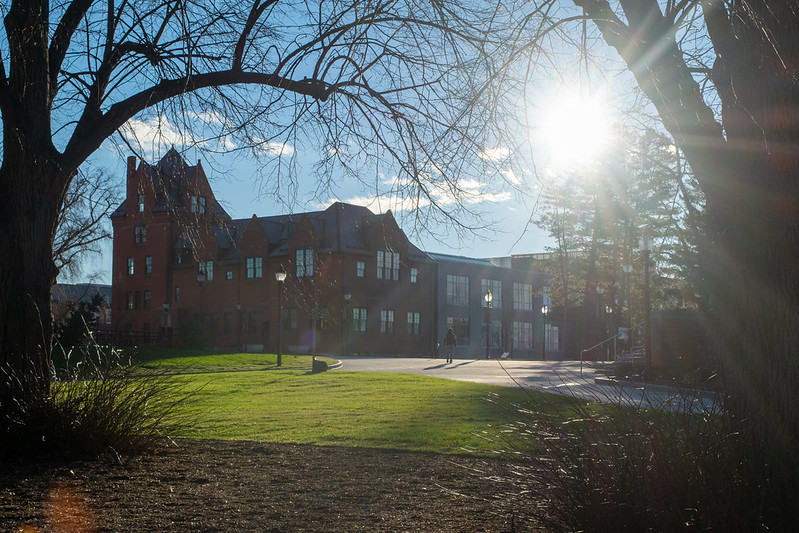

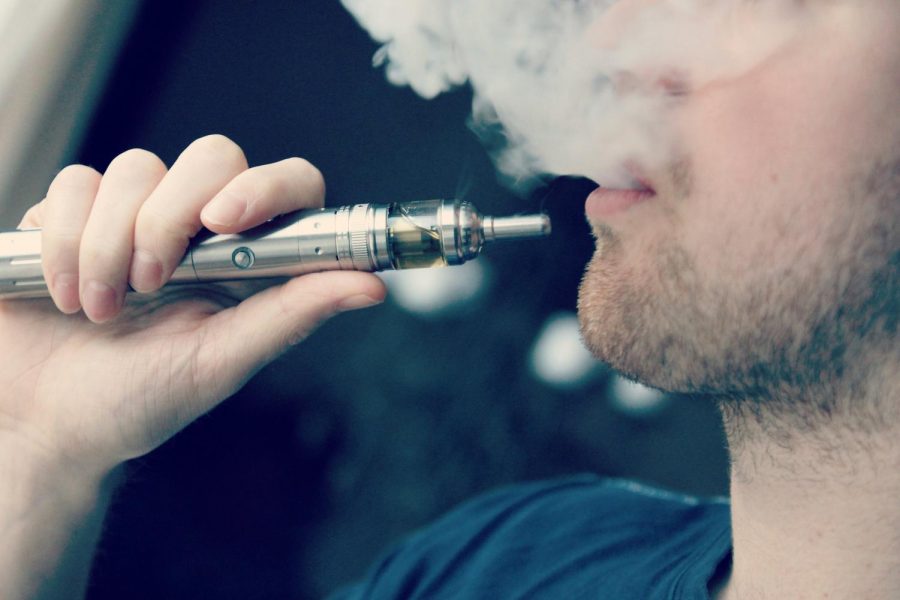
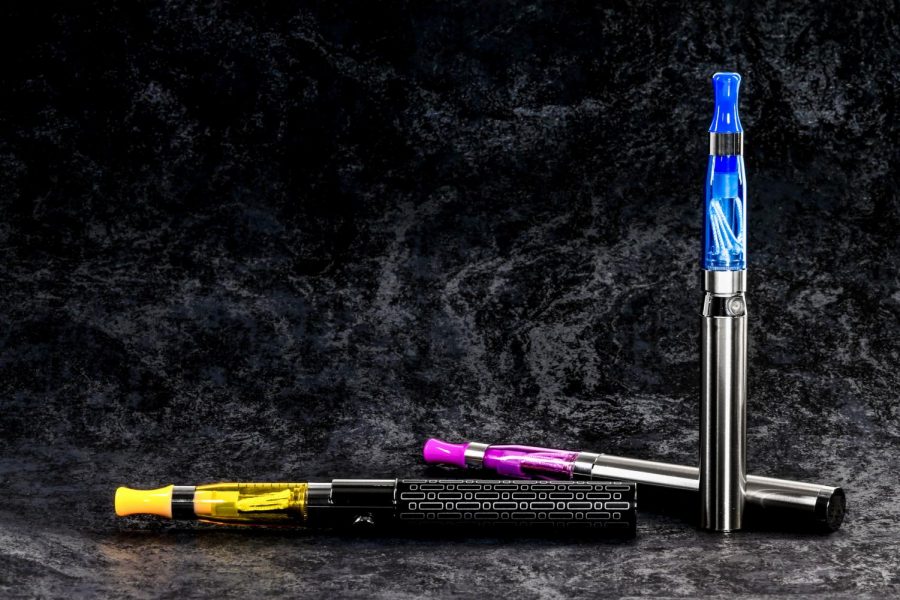
Chris • Apr 8, 2011 at 10:23 am
Hi Max. You are an excellent writer, and your compassion shines. Many people in the “recovery community” have problems with the “powerlessness” aspect of AA (Step 1) as well as the religious aspect. For example, folks in Lifering http://www.lifering.org believe can be secular and choose not to drink. There are also multiple other methods and approaches-all of which are just as effective if not more so than AA. AA folks will tell you otherwise, though. I predict your article will land you in the midst of this debate. Good luck-and how about Part II on AA alternatives?